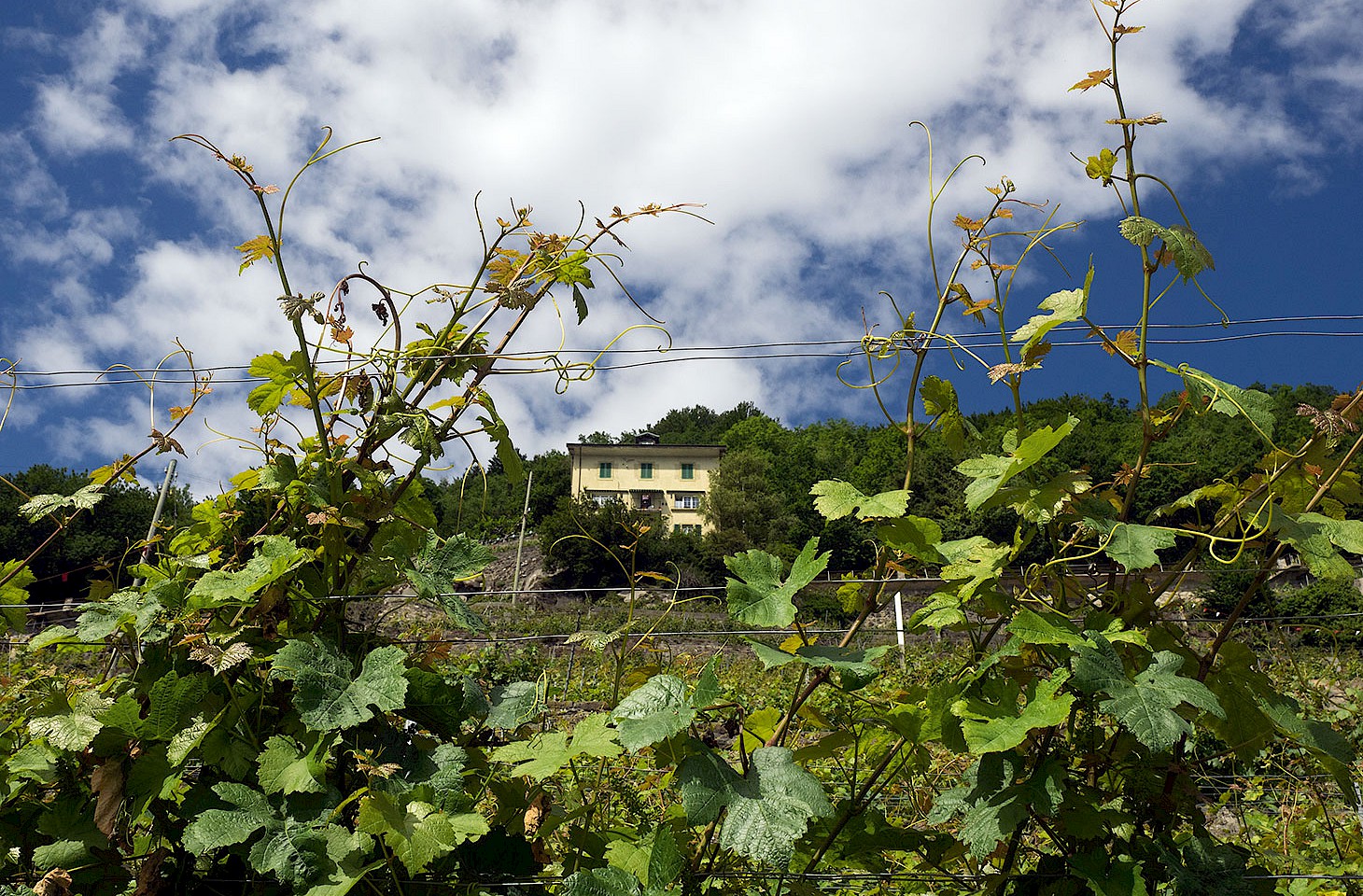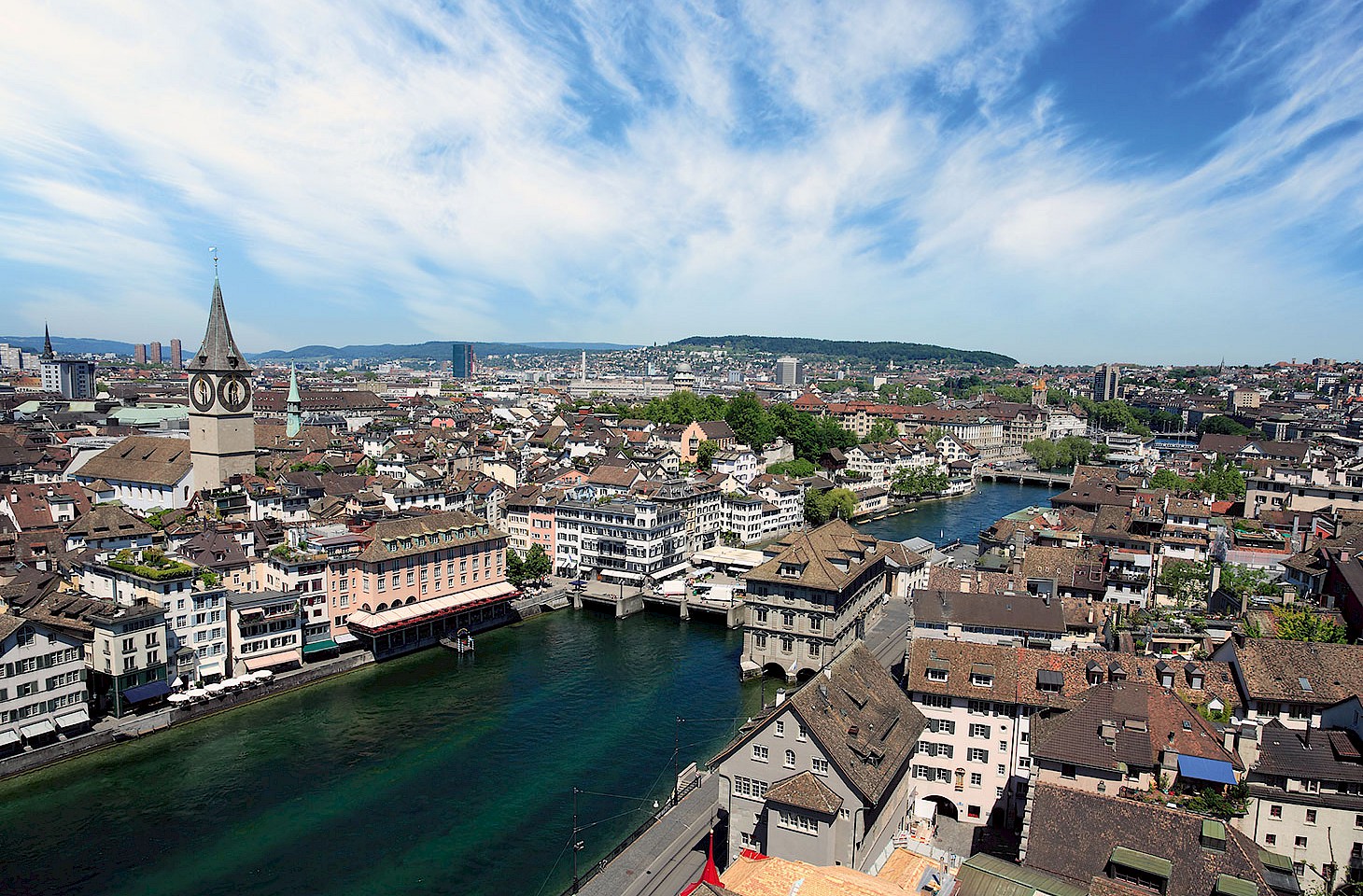Some places make their mark by embracing technology. Think of the way in which the aerospace and IT industries have propelled Seattle and its hinterland to global prominence. And pro-technology attitudes are woven deep into the fabric of Silicon Valley. Shift to the Swiss city of Schaffhausen and different rules apply. In the early nineteenth century, engineers devised all manner of schemes to allow ships to navigate the entire length of the Rhine from Lake Constance (the Bodensee in German) down to Basel and beyond. The principal obstacle was of course the Rhine Falls at Schaffhausen. As European waterfalls go, this modest cascade can claim no records for great height. At least a trio of Norwegian waterfalls are thirty times higher than those at Schaffhausen.
Swiss engineers noted how Swedish ingenuity had created the Göta Canal as part of a new network of navigable inland waterways designed to capture trade between England and Russia. But Swedish engineers never had to cope with the citizens of Schaffhausen who made a decent living precisely because of the Rhine Falls. It was Schaffhausen men who managed the teams of horses that pulled boats along the Rhine. And it was Schaffhausen men who trans-shipped goods between vessels above and below the Rhine Falls. They were not going to lightly give away the work that gave Schaffhausen a key role in controlling freight transport along the Rhine.
Linger about here as long as you can; every fresh hour will reveal some new beauty. The fisherman will delight in the river, which abounds in trout and salmon. Artist, author, poet, musician, will gain some new inspiration. The care-worn man of business will drink in the very essence of rest and recreation, and the thoughtful man of whatever class will come away with a new song of wonder and adoration.
From Thomas Cook’s Handbook of Switzerland (1873)
By 1832, the steamship Helvetia was plying the upper Rhine west from Schaffhausen to Lake Constance and the good burghers of the riverside city were all the more determined that their waterfalls would not be bypassed by any series of locks.
“Engineers,” proclaimed one Calvinist preacher, “are agents of the devil.” And Schaffhausen folk were not going to let any technological demons deprive them of the good living that came with having, on their doorstep, a waterfall that interrupted the flow of the mighty Rhine.




